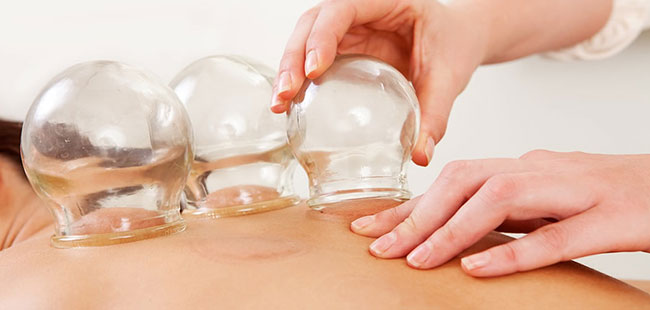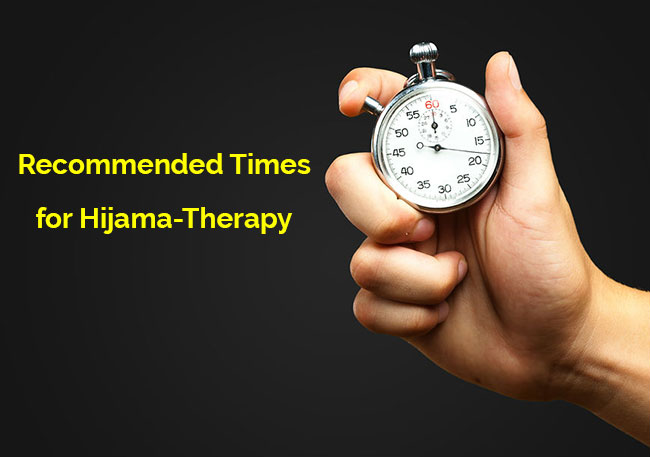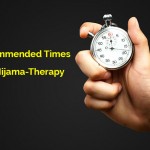A Guide to Hijama
 Many confuse Hijama to be the same as popular wet cupping (or dry cupping in it’s alternative blood less application) or even the same as leeching. However, Hijama is it’s own unique medicinal technique that cures patients of many ailments including psychic illness (depression aso.), chronic headaches, poisoning and asthma to name just a few applications.
Many confuse Hijama to be the same as popular wet cupping (or dry cupping in it’s alternative blood less application) or even the same as leeching. However, Hijama is it’s own unique medicinal technique that cures patients of many ailments including psychic illness (depression aso.), chronic headaches, poisoning and asthma to name just a few applications.
Hijama (or Al Hijamah) is a traditional Arabic form of wet cupping treatment that is part of the prophetic medicine heritage of Mohammed (a.s). The word “Hijama” is derived from the Arabic verbs “Hajama” and “Haj’jama” which means “to minimize” or “to restore to basic size”, or “to diminish in volume”. In Arabic they say, “A certain person diminished the problem”, they meant that he returned the problem to its original size. There is also a verb “ahjama” which means “to withdraw or retreat from attack”. Hijama is seen as one of the major pillars of prophetic medicine.
The quest for the true “Tib Nabawi”, aka Prophetic Medicine has established an entire literary genre of writings based on either Sunni and Shi’a Hadith by Sunni and Shi’a scholar respectively. The “Prophetic Medicine” (in Arabic: Tib Nabawi) is the title of 25 different books written by different Muslim scholars between the 9th and 18th century (Western calendar) who describe remedies ascribed to traditional prophetic medicine. The original teachings about Hijama as established by the Prophet (a.s) were gradually obliterated and lost over time. What can be found on Hijama on the internet is almost all derived from Sunni sources.
One of the major differences of Hijama to simple wet cupping as it is popularly practiced in the West is in the cutting technique itself. In popular wet cupping as practiced in the West, China aso., the skin is punctured with a surgical needle rather deeply (0,3 – 0,9 mm) while in Hijama the skin is only scratched. A small fold of skin is carefully pinched between thumb and index fingers of the left hand, while the right hand “scarifies” the skin fold with few small superficial scarifications (about 0,.1 mm in depth) just to open the skin barrier of the epidermis. Specific care is taken not to include any anatomical structure (nerve or a superficial vein). Scarifications must be always superficial not deep, sequential not simultaneous, few not many, vertical not transverse, longitudinal not pin-point, short (about 2 mm) not long, and gently slow not rapidly done.
Hijama is applied at skin sites directly overlying the affected areas of the body, which is expected to give better local clearance of interstitial fluids and improvement of pathology than practicing Hijama at distant anatomical sites (as some practitioners of wet cupping do, relating to theories of the Meridians).
Before the actual cutting the areas of skin are prepared with a heated glass cup or cups with rubber bulps. After sterilizing the skin region very well, the practitioner holds one cup in his right hand and the other hand holds a small conical paper and lights it from the candle. When the piece of paper burns well s/he inserts it quickly inside the cup, and fixes the cup quickly and lightly on the skin of the patient. Alternatively the cup is reheated with a gas flame devise. The heated cup will create a suction on the skin and the practitioner must wait for 2-3 minutes letting the cup fix themselves on the person. After the elapse of 2 – 3 minutes, the practitioner repeats removing the cup(s) and fixes them again in the same fashion. These repetitions are made at least twice and attention must be paid not to let the suction effect weaken. A similar effect of creating a vaccum on the skin is achieved with rubber bulps that create suction. New silicion glass bulps are by now on the market that also promise to reduce the bruising that may result from the suction of the skin.
Finally, a sterilized blade is taken and the practitioner disinfects the skin again with antiseptics or with sterilizing spray, and holds the angle of the blade in his hand, between the thumb and the forefinger, and carefully and superficially slits the prepared skin in superficial slashes 0.5 – 1 cm apart from each other. S/he cuts few slashes up and down mentioning the name of God (Dhikrs).
When the practitioner finishes the slight slashes, he fixes the cup on it slightly and quickly. Then the cup starts sucking the spoiled blood.
The quantity of spoiled blood which is extracted for the first time by means of Hijama amounts to 100 – 200 ml. Any cup should never be filled more then 8 times and special attention needs to be paid to the constitution of a patient and the specific illness that is treated with Hijama.



